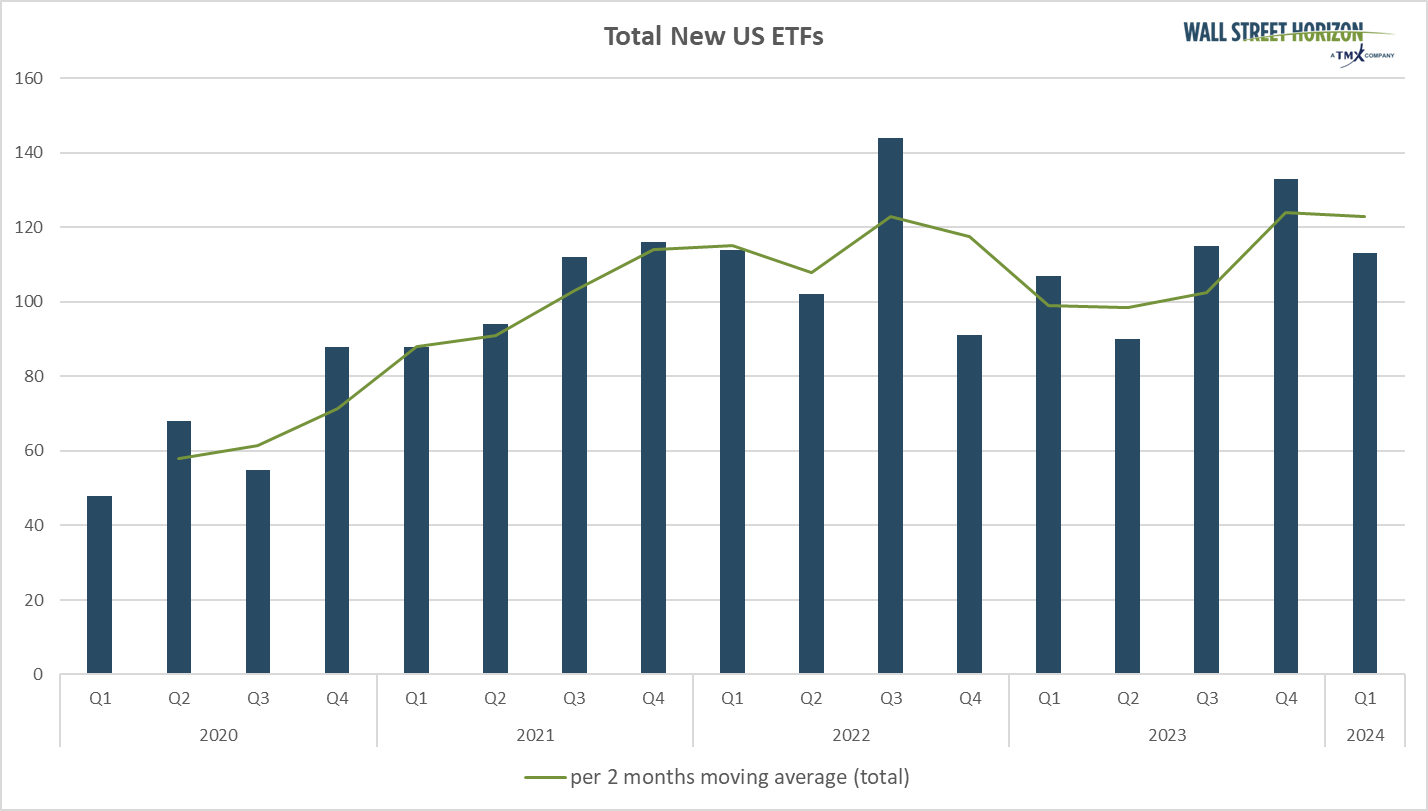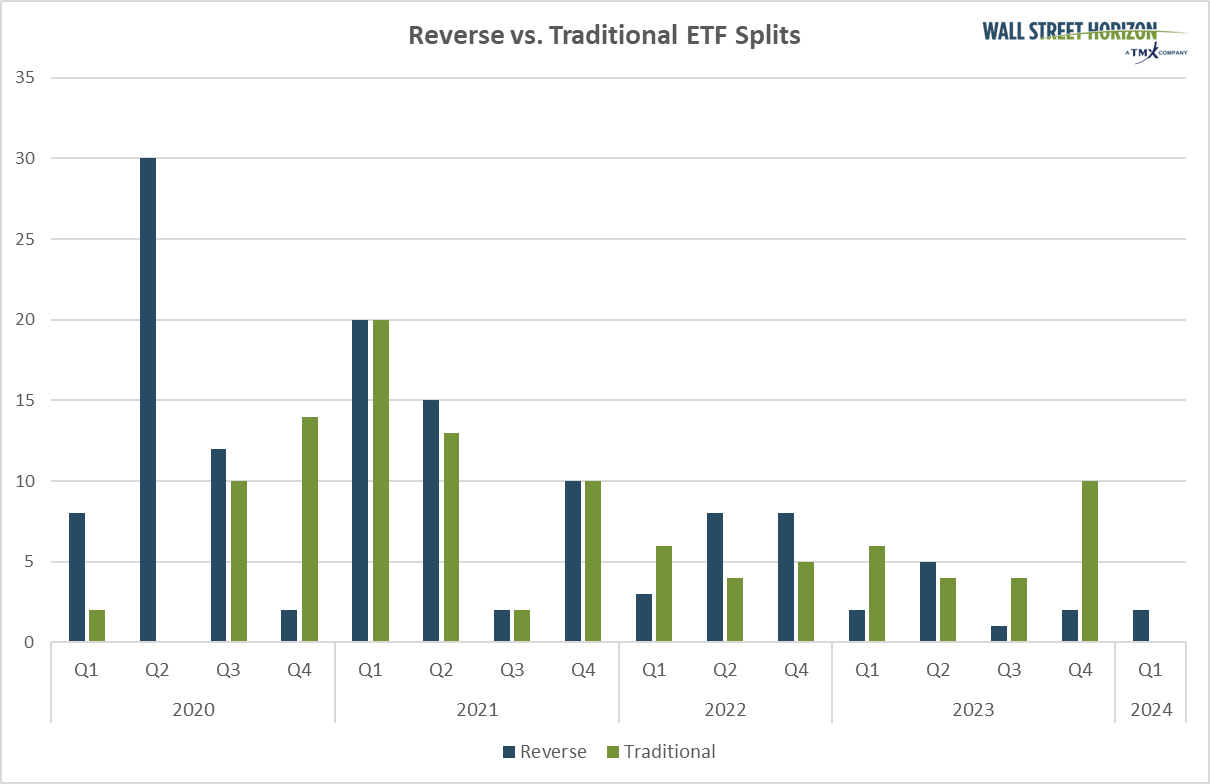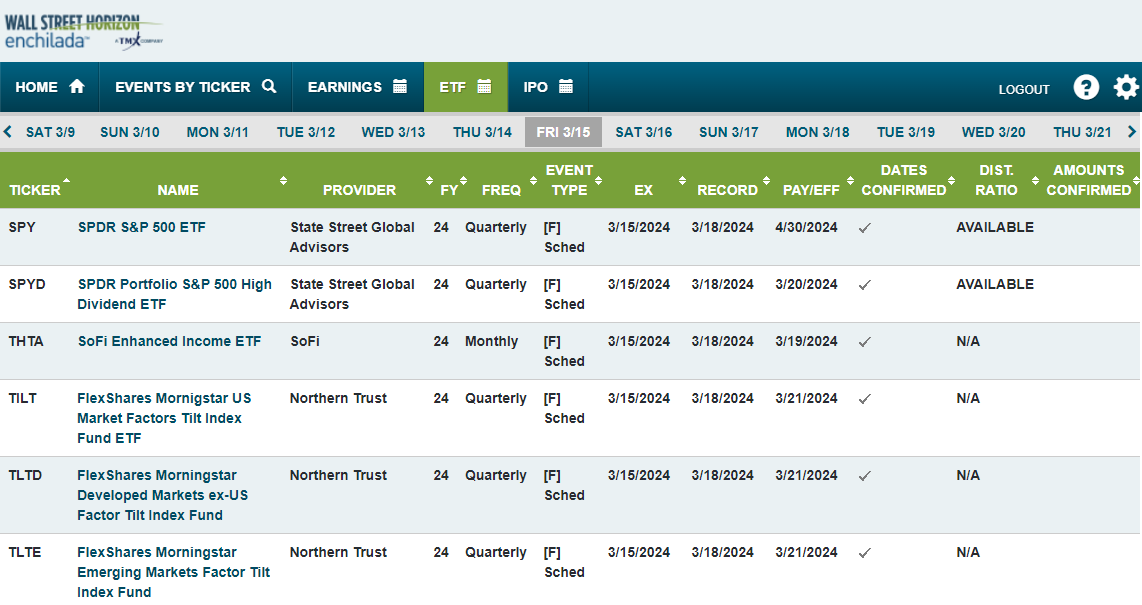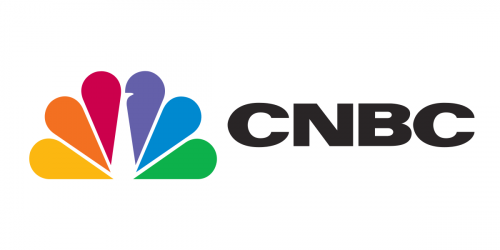-
ETFs have taken on a new look and feel over the last few years as some themes fade while others appear to be just ramping up
-
Investors have more income options than ever in the ETF universe, from conservative Treasury funds to more advanced covered call ETFs
-
We spotlight data-driven trends market participants should weigh when investing in ETFs and managing portfolios
The last few years have reshaped the exchange-traded fund (ETF) landscape. It was just a handful of quarters ago when environmental, social, and corporate governance (ESG) ETFs were all the rage, drawing in billions of dollars of flows around the world into both equity and fixed-income funds.1
But a soaring Energy sector, led by big and small oil & gas exploration and production companies, diverted new money. Then, two years ago, Russia’s invasion of Ukraine caused investors to rethink what “ESG” truly meant – since then the once-popular theme has taken a backseat to trends of “reshoring” and “friendshoring,” though the “S” and “G” factors remain top of mind for values-focused asset allocators.2
Investors Sought Safety in Short-Term Bond ETFs
As all that was happening, inflation reared its head. The U.S. Consumer Price Index (CPI) rate rose above 9% by June of 2022, the highest in four decades.3 The US Federal Reserve was soon forced to raise interest rates aggressively - short-term rates spiked, catching many bond investors flat-footed. Bond ETFs, particularly those with long durations, were hammered. The traditional 60/40 stock/bond portfolio sunk in 2022 amid both falling equity and fixed-income prices – a much different market environment than most of today’s investors had ever seen.4
The period rekindled memories of the 1970s when bonds provided little in the way of diversification. There was a beneficiary in the ETF space, however. Short-term fixed-income funds, those that were relatively less sensitive to rising interest rates, captured significant inflows.5 They remain popular today as short-term yields are around 5%. Critics may suggest that short-term Treasury ETFs have had their day in the sun, but the rise in covered call strategies and other yield ETF plays appears as strong as ever.6
A New Bitcoin Boom: ETFs in the Spotlight
Of course, maybe the most exciting ETF trend thus far in 2024 is the approval and apparent popularity of spot bitcoin funds. Upon the SEC’s approval of 11 such ETFs, cryptocurrency has once again come back into the mainstream after a tumultuous two years.7 Recall that spot bitcoin rallied to $69,000 in late 2021 before a deep bear market.
By November of 2022, the largest cryptocurrency by market value had plummeted. Spot bitcoin ETF holders who bought within the first few weeks of their inceptions have been rewarded – bitcoin, as of late February, traded above $60,000.8 Rumors now swirl about the next wave of crypto funds, perhaps related to spot ether.9
ETFs: A Gauge of Investor Risk Appetite
There are more stories to tell and trends to sift through in the ETF universe, but the bottom line is that investors should monitor what’s in and what may be on the way out to get a sense of the marketplace. ETFs have shown themselves to be a decent barometer of both risk sentiment and macro themes. A slew of AI-related ETFs has come about while actively managed funds have seen a resurgence.
ETF Growth Is Solid, But Not Through the Roof
At Wall Street Horizon, in addition to corporate event coverage, we track US ETF distributions, splits, and new ETFs. Among the most revealing trends we found is that while new ETF themes have emerged over recent quarters, overall growth in the domestic ETF marketplace has been roughly flat since late 2021. The cause? It’s tough to pin down precisely, but we can take a few stabs at it.
It’s reasonable to assume that higher interest rates today have quelled financing activity broadly. Notice in the chart below that the growth in ETFs surged from early 2020 through late 2021 – a period of intense market speculation that included an IPO and SPAC boom and the rapid rise in cryptocurrency interest. While many new ETFs hit the ticker each quarter, the overall growth rate is steady for now.
Total New US ETFs By Quarter

Source: Wall Street Horizon, based on 230+ ETF providers
Analyzing Trends in ETF Splits
Another gauge of market excitement is the ratio of traditional to reverse ETF splits. It has been rather quiet on this front. An ETF may undergo a traditional split to reduce the share price in order to attract more investors or to keep the price in a desired dollar range. Given that many major market indices have jumped to record highs, one would conclude that more traditional splits would be on the docket, but we are not seeing that yet.
There has also been a lull in reverse split activity. Often, reverse splits come about among inverse or leveraged ETFs since they are susceptible to negatively compounded returns during periods of volatility. Also, inverse funds, those that move opposite a market index, may see their share prices dwindle, causing the issuer to engineer a reverse split to bring the share price back up to a level perceived as more respectable.
Fewer US ETF Splits Since 2022

Source: Wall Street Horizon, based on universe of 2,900 US ETFs
Your ETF Distribution Hub
Finally, it’s that time of year when many equity ETFs pay out quarterly dividends. March, June, September, and December are when distributions commonly take place.10 Our team tracks important ETF dividend announcement dates, ex dates, and payable dates so that investors can stay ahead of when distributions are made.
For example, the SPDRⓇ S&P 500Ⓡ ETF (SPY) trades ex its dividend on Friday, March 15, 2024, though the amount has not yet been confirmed. The dividend will be payable to shareholders as of record March 18 with a dividend pay date of Tuesday, April 30, 2024.
Upcoming SPY Dividend Ex Date

Source: Wall Street Horizon
The Bottom Line
ETFs continue to be a popular way to invest. Themes change, though, and what’s en vogue today may soon take a back seat to tomorrow’s next hot theme. Still, market insights can be gleaned from analyzing trends in the ETF marketplace. Moreover, investors should keep abreast of new funds available along with important distribution dates and dividend amounts to more effectively manage their portfolios.
1 Money invested in ESG funds more than doubles in a year, CNBC, Greg Iacurci, February 11, 2024, https://www.cnbc.com
2 US Investor Exodus Deals Historic Blow to Global ESG Fund Market, Bloomberg, Frances Schwartzkopff, January 25, 2024, https://www.bloomberg.com
3 United States Inflation Rate, Trading Economics, February 28, 2024, https://tradingeconomics.com
4 The Trusted 60-40 Investing Strategy Just Had Its Worst Year in Generations, The Wall Street Journal, Eric Wallerstein, October 19, 2023, https://www.wsj.com/
5 Short-Term Treasury ETFs Seeing Major Inflows, VettaFi, James Comtois, September 11, 2023, https://www.etftrends.com
6 VettaFi Voices On: The Biggest Story of 2023, VettaFi, Heather Bell, December 15, 2023, https://www.etftrends.com
7 Statement on the Approval of Spot Bitcoin Exchange-Traded Products, SEC, Gary Gensler, January 10, 2024, https://www.sec.gov
8 Bitcoin to US Dollar, StockCharts, February 28, 2024, https://schrts.co
9 After spot bitcoin ETF approval, eyes shift to ether fund decision, Blockworks, Ben Strack, January 17, 2024, https://blockworks.co
10 Do ETFs Pay Dividends?, VettaFi, Jared Cummans, June 24, 2015, https://etfdb.com
Copyright © 2024 Wall Street Horizon, Inc. All rights reserved. Do not copy, distribute, sell or modify this document without Wall Street Horizon's prior written consent. This information is provided for information purposes only. Neither TMX Group Limited nor any of its affiliated companies guarantees the completeness of the information contained in this publication, and we are not responsible for any errors or omissions in or your use of, or reliance on, the information. This publication is not intended to provide legal, accounting, tax, investment, financial or other advice and should not be relied upon for such advice. The information provided is not an invitation to purchase securities, including any listed on Toronto Stock Exchange and/or TSX Venture Exchange. TMX Group and its affiliated companies do not endorse or recommend any securities referenced in this publication. TMX, the TMX design, TMX Group, Toronto Stock Exchange, TSX, and TSX Venture Exchange are the trademarks of TSX Inc. and are used under license. Wall Street Horizon is the trademark of Wall Street Horizon, Inc. All other trademarks used in this publication are the property of their respective owners.
_thumb.png)
_thumb.png)
_thumb.png)
_thumb.png)



_thumb.png)






